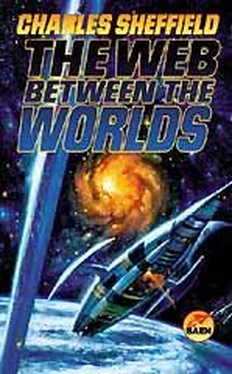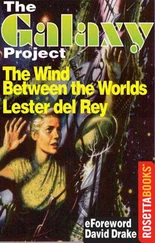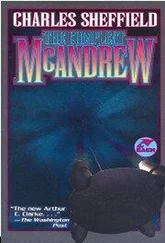The dynamic beanstalk, which I think of an “Indian Rope Trick” for reasons I will give later, is an even nicer concept than the rotating beanstalk. It is not clear who first had the idea. Marvin Minsky, Robert Forward, and John McCarthy all seem to have had a hand in it, and I think I did the first analysis of its stability.
The dynamic beanstalk works as follows.
Consider a continuous stream of objects, such as steel bullets, launched up the center of a long, evacuated vertical tube. Suppose that the initial speed of these bullets is very high, faster than Earth’s escape velocity. This could be arranged using an electromagnetic accelerator at and below ground level. Suppose also that the tube is surrounded by the coils of a linear induction motor, so that there is electromagnetic coupling between the motor’s coils and moving objects within the tube.
Now, as the bullets ascend they are slowed by gravity; however, they can be given additional slowing by electromagnetic coupling. When this is done, the rising bullets transfer upward momentum to the surrounding coils.
At the top of the long tube (it can be any length, but let us say that it runs to geosynchronous altitude) the bullets are slowed and brought to a halt. Then they are moved over to another evacuated tube, parallel to the first one, and allowed to drop down toward the surface. As they fall they are accelerated downward by another set of coils surrounding the tube. Again, the result is an upward transfer of momentum to the coils. At the bottom, the bullets are slowed, caught, given a large upward velocity, and moved back into the original tube to be fired upward again. We thus have a continuous stream of bullets, ascending and descending in a closed loop.
If we arrange the initial velocity and the rate of slowing of the bullets correctly, the upward force contributed by the bullets at any height can be made to match the total downward gravitational force at that height. The whole structure stands in dynamic equilibrium, and it has no need for any super-strong materials.
Note the word “dynamic.” This type of beanstalk requires a continuous stream of bullets, with no time out for repair or maintenance. This is in contrast to our basic “static beanstalk,” which can stand on its own in stable equilibrium, without requiring dynamic elements, or the rotating beanstalk, which will also continue to operate without requiring an engine.
One advantage of a dynamic beanstalk is that it can be made of any length. A prototype could stretch upwards a few hundred kilometers, or even just a few hundred meters. In any case, seen from the outside there is no indication as to what is holding the structure up; hence the “Indian Rope Trick” label. Such a beanstalk would still be most useful if it went all the way to geosynchronous orbit, since at that height materials raised with the beanstalk can be left in position without requiring an additional boost to hold a stable orbit; but it doesn’t have to be made that way.
It is tempting to rule out the dynamic beanstalk on “environmental” grounds. What if the drive were to fail, and the whole thing come crashing down from space?
And yet we are quite used to systems that must keep working successfully, or suffer catastrophic failure. Two hundred years ago, our ancestors would have been appalled at the idea of hundreds of tons of metal hanging above their towns, operated by an engine that had to operate perfectly or the whole thing would fall. Given the technology of the day, they would have been right to be afraid.
Yet we live with such a situation every day. We have aircraft flying over us all the time, but we seldom think about the possibility that one will come crashing down on top of us. We have faith in today’s technology. Our grandchildren will have faith in a much greater technology, whose failure rates will be unimaginably lower than today. Machines and structures that are seldom inspected now will be under continuous computer supervision, including smart sensors in all their key components.
In that future environment, static beanstalks, rotating beanstalks, and dynamic beanstalks, or some later invention that supersedes all of them, will be both technologically feasible and socially acceptable. I think we are closer to a dynamic beanstalk, today, than we were to successful space flight in 1900.












